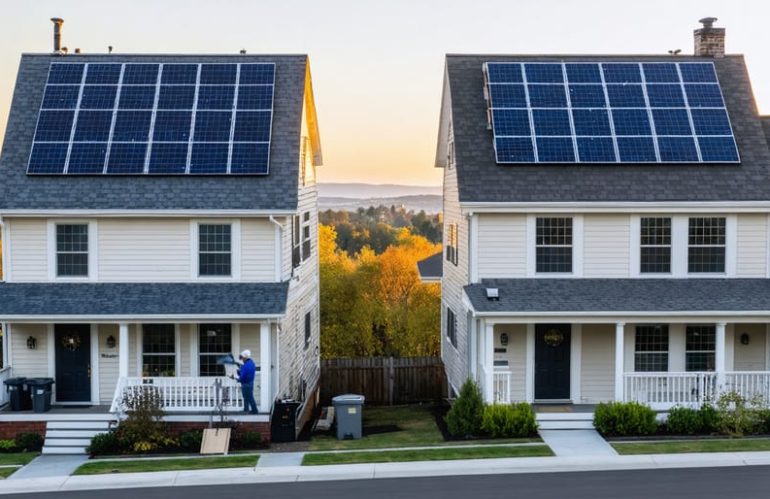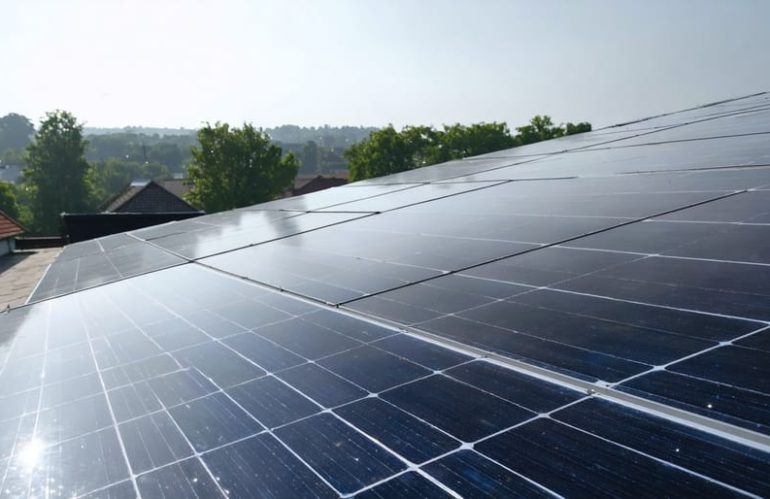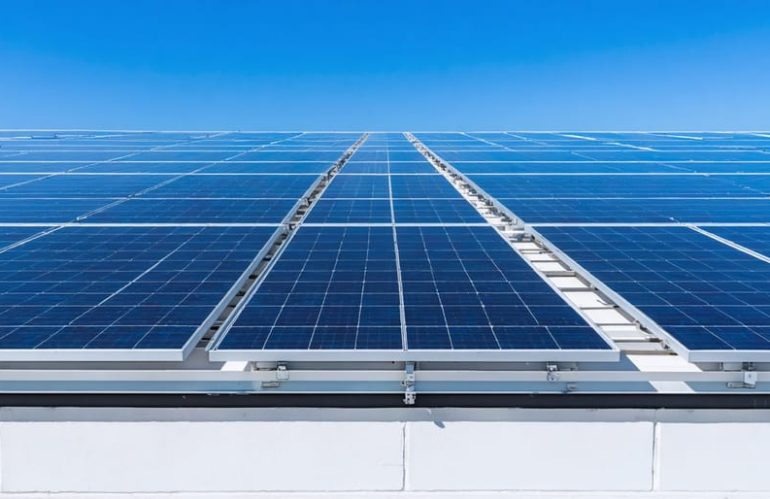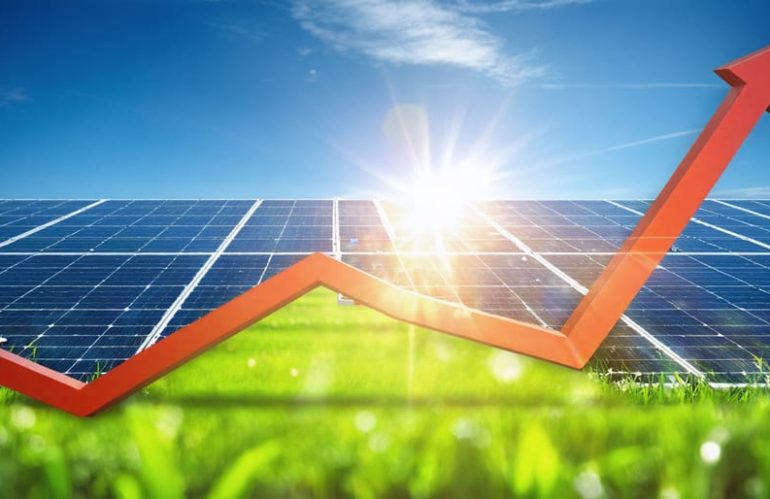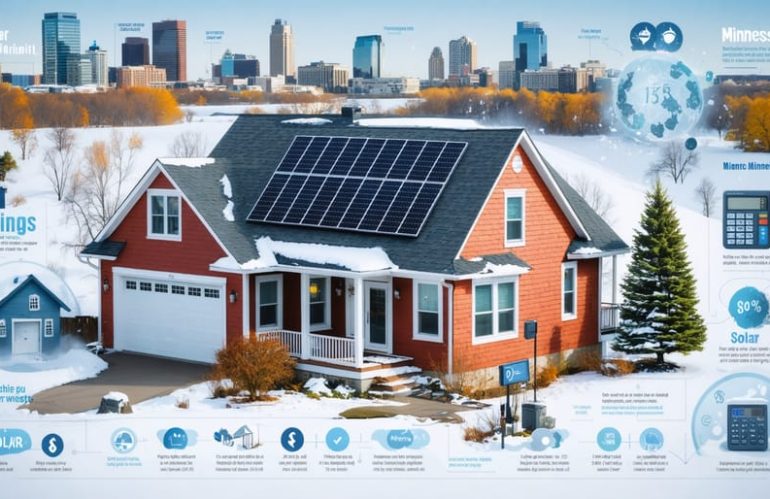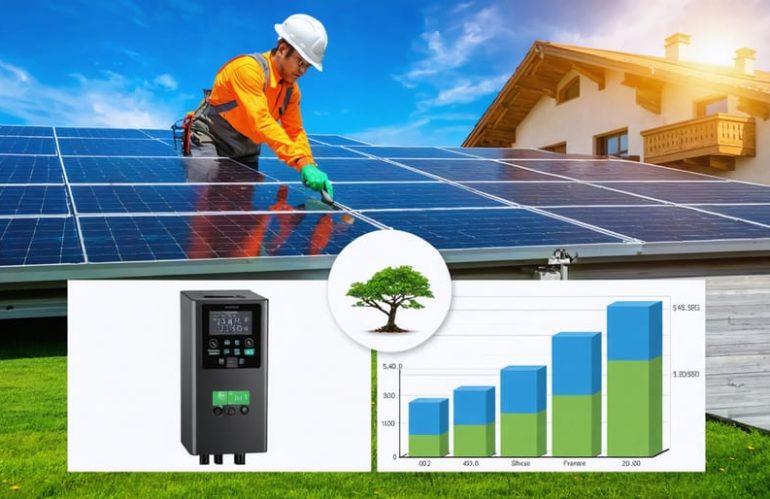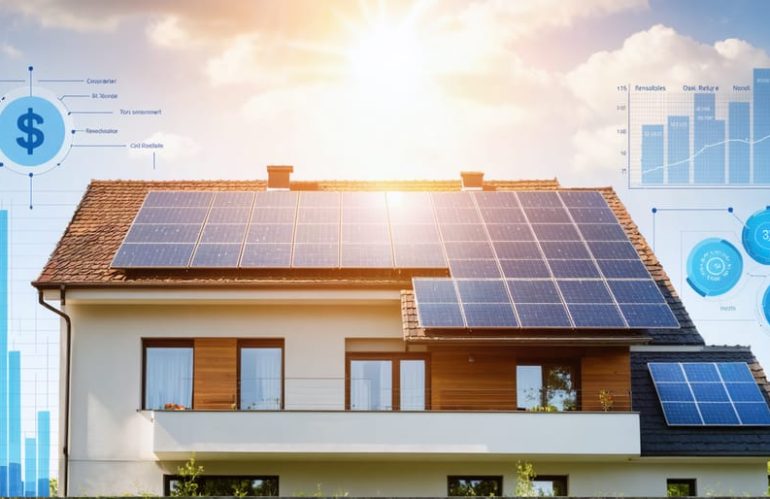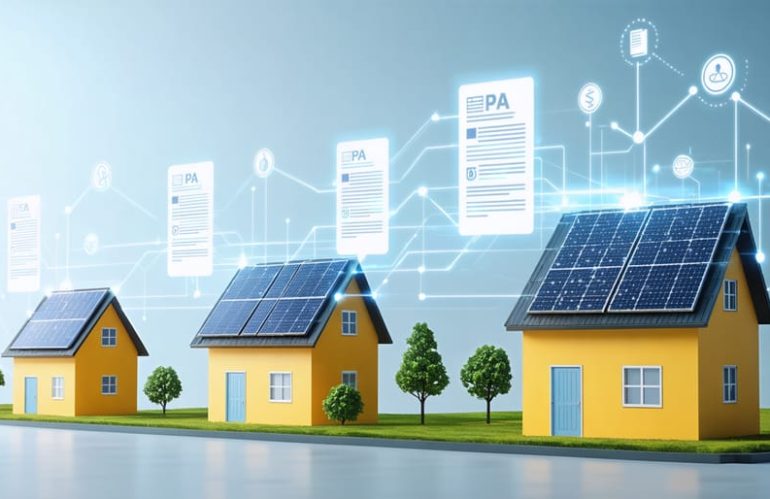Forget the myth that solar financing requires weeks of paperwork and endless weekday appointments. Unlike risky weekend loans that trap borrowers in debt cycles, solar panel financing offers legitimate paths to home energy independence—and yes, you can kickstart the process over a single weekend.
Modern solar financing has evolved dramatically. Online lenders now provide instant pre-approvals, digital document uploads replace mountains of paperwork, and many solar companies offer weekend consultations that fit your schedule. You’re not sacrificing financial wisdom …
Category: Financial Aspects
Cost analysis, ROI, financing options, and economic considerations
Why Your Neighbor Pays Less for Solar (Regional Cost Differences Explained)
Understand that solar variability refers to two distinct concepts: the sun’s energy output reaching your roof and the dramatic price differences between regions for installing panels. When you search solar costs online, you’ll see quotes ranging from $15,000 to $40,000 for similar-sized systems—this isn’t about how sunny your area is, but rather local labor rates, permitting fees, utility incentives, and market competition.
Stop worrying whether your region gets enough sunlight. Germany leads much of the world in solar adoption despite having less annual sunshine than Alaska. What matters is your electricity rate…
Real Solar Panel Maintenance Costs That Most Installers Won’t Tell You
Solar panel maintenance costs average just $300-600 annually – a modest investment that protects your solar panel ROI calculations and system longevity. While installation represents the primary expense, ongoing maintenance requirements remain surprisingly minimal for most homeowners. Regular cleaning, annual inspections, and occasional inverter replacements constitute the main upkeep expenses over a system’s 25-30 year lifespan.
Understanding these predictable maintenance costs helps …
Solar Power Makes Schools Smarter: A Financial Win for Education
Schools across America are discovering a powerful solution to budget constraints and environmental responsibility: solar energy installations. These rooftop power plants not only slash electricity costs by 60-80% but also create living laboratories for students to explore renewable energy firsthand. From California to Connecticut, educational institutions are transforming unused roof space into revenue-generating assets while teaching the next generation about sustainable technology.
The financial impact is compelling: a typical K-12 school saves $43,000 annually from solar panels, with many institutions using power purchase …
Solar Panel ROI: How Long Until Your Investment Really Pays Off?
Solar panels deliver more than just environmental benefits – they’re a smart financial investment that can generate returns of 15-25% annually on your home. With utility costs rising by an average of 4.3% yearly, installing solar panels typically pays for itself within 5-8 years while providing 20+ years of reliable energy savings. Modern installations cost 70% less than a decade ago, and combined with federal tax credits covering 30% of installation costs through 2032, the financial case for solar has never been stronger. Whether you’re looking to boost property value, slash monthly bills, or secure energy independence, …
Minnesota Solar Rebates That Make Your Switch to Solar Actually Affordable
Minnesota homeowners can slash their solar panel installation costs by up to 50% through a powerful combination of state and federal incentives. The Minnesota Solar*Rewards program offers direct payments of $0.07 per kilowatt-hour produced for the first 10 years, while the federal solar tax credit provides an additional 30% reduction on total system costs. Local utility companies like Xcel Energy supplement these savings with performance-based incentives, making 2024 an optimal time to invest in …
Real Solar Panel Maintenance Costs: What Homeowners Actually Pay
Operating and maintaining solar panels costs significantly less than most homeowners expect – typically just 1-2% of the total solar panel installation price annually. While the upfront investment commands attention, ongoing maintenance expenses remain remarkably predictable and manageable over a system’s 25+ year lifespan.
Modern solar installations require minimal upkeep, with most maintenance costs stemming from occasional professional cleanings, inverter replacement after 10-15 years, and routine system monitoring. For an …
Solar Panels Pay for Themselves: Your Smart Investment Timeline
Solar energy investment has emerged as one of the most promising financial opportunities of our time, offering both environmental benefits and substantial returns. As energy costs continue to rise and technology prices fall, homeowners are discovering that solar installations can deliver average returns of 10-20% annually through reduced utility bills and government incentives. The combination of federal tax credits, state rebates, and net metering programs has created an unprecedented moment where solar investment makes financial sense for most American households.
Beyond immediate cost savings, solar installations typically …
Power Purchase Agreements: Making Solar Energy Affordable for Every Home
Solar Power Purchase Agreements (PPAs) have revolutionized access to clean energy by eliminating the substantial upfront costs traditionally associated with solar installation. Through this innovative financing model, homeowners can install solar panels on their property with zero initial investment while immediately reducing their monthly electricity bills by 10-30%. The solar provider maintains ownership of the system, handling all maintenance and repairs, while homeowners simply pay for the clean energy produced at a rate typically lower than their current utility costs. As energy prices continue to rise, PPAs offer a practical solution…
Kentucky Solar Incentives Make Panels Pay For Themselves Faster
Kentucky homeowners can now slash their energy costs by up to 30% through the federal solar tax credit while accessing local incentives that make solar installation more affordable than ever. With Kentucky’s net metering policy allowing you to sell excess power back to the grid and utility companies offering additional rebates, the path to solar savings has never been clearer. The average Kentucky household can recover their solar investment within 8-12 years while enjoying immediate monthly savings on electricity bills.
Recent changes in state legislation have expanded solar access, making 2024 an optimal time to invest in …


